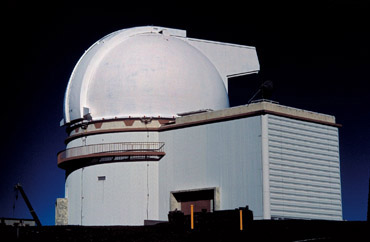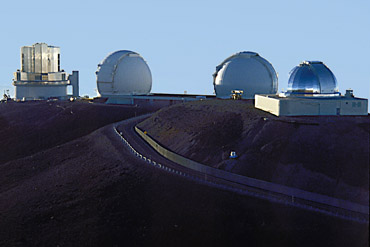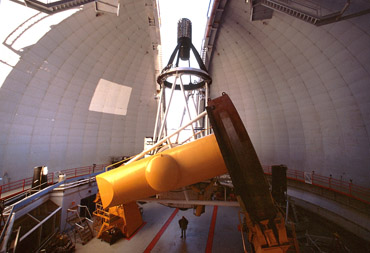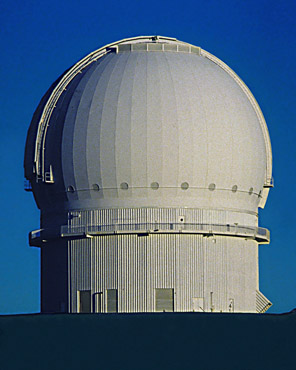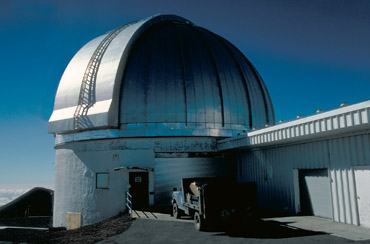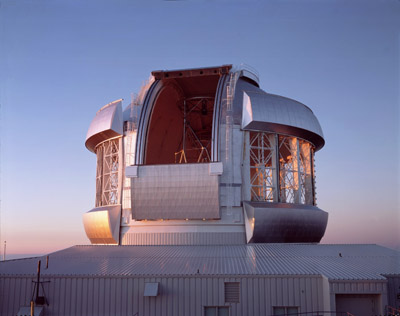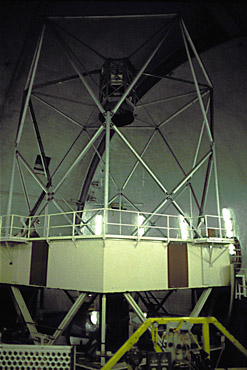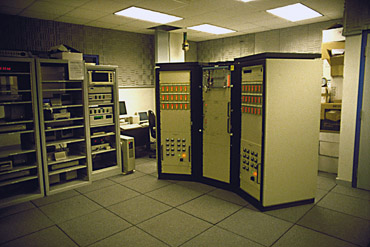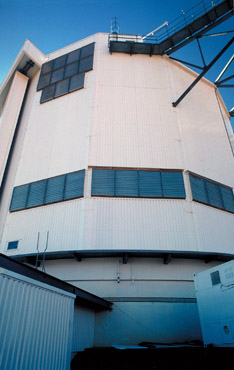|
Michael A. Stecker
mastecker@gmail.com
Home
Slide Show (PDF)
Slide Show (ProShow)
People Index APP
Astroimage
Index
Photo Album Links
photomas.net digiphoto.us
Places Index
Alaska
Albuquerque balloons
American Samoa
Antarctica
Astronomical Sites
Australia
Austria Bryce
Canada
Capital Reef
Chile
China
Clouds Egypt
England
Flowers Great Sand Dunes NM
icebergs
India
infrared
Israel
Monument Valley
Nepal
New England's autumn leaves
New Zealand
scenic treasures
Switzerland
Tahiti
Thailand Western Samoa
Yosemite in Spring
Yosemite in Winter
Astronomical Sites:
Astronomical Sites Home Page
AAO
Mauna Kea Observatories
CFHT
Gemini
GMT casting
JCMT
Keck Kitt Peak
LCO Subaru/Keck/IRTF
UKIRT
VLA
Astrophotographer
Portraits
Observatories on Mauna Kea, Hawaii
All of the following photos
(excepted where linked "from") are of astronomical sites I have visited.
All photos (except where noted) were taken by me.
.
Observatories and Telescopes on Mauna Kea, Hawaii
http://www.ifa.hawaii.edu/mko/
http://www.ifa.hawaii.edu/images/aerial-tour/northeast.html
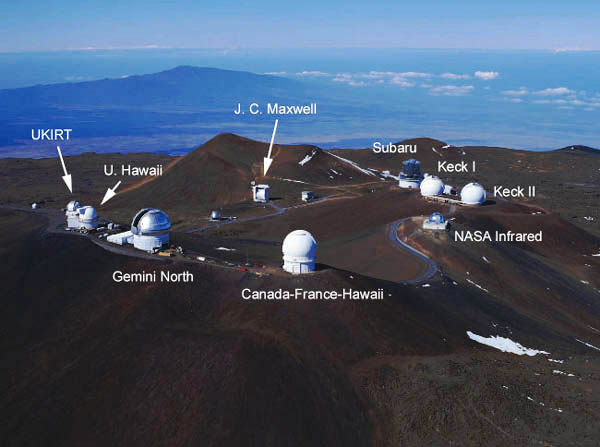
photo from
1. Univ. of Hawaii -- 0.6 meter
2. Univ. of Hawaii -- 2.2 meters
3. NASA Infrared (IRTF) -- 3.0 meters
4. Canada-France-Hawaii -- 3.6 meters
5. United Kingdom Infrared (UKIRT) -- 3.8 meters
6. Gemini North -- 8 meters
7. Subaru (NAOJ) -- 8.2 meters
8. Keck I -- 10 meters
9. Keck II -- 10 meters
10. J. C. Maxwell -- 15 meters (submillimeter WL)
The Mauna Kea Observatories on the big
island of Hawaii are located at latitude 20.708 N, longitude 156.25 W and
at an altitude of 4,200 meters (13,780 ft) near the summit of Mauna Kea .
In the distance you can see the slightly lower mountain called Mauna Loa.
The valley between the two mountains is called the Saddle. As of January, 2000 there
were nine optical/infrared telescopes.
.
Please mouse click on the
thumbnails for an enlargement
.
|
|
The 10.4 meter Caltech Submillimeter Observatory (CSO), 15 meter James
Clerk Maxwell Telescpe (JCMT) and submillimeter array (under construction)
are locate in "Millimeter Valley" to the left of center of the photo. The
Hawaii antenna of the Very Long Baseline Array is located about 2 miles
from the summit, and is not shown in this photograph.
Mauna Kea ("White Mountain") is a dormant volcano and the highest point in
the Pacific Basin. It is also the tallest (not highest) mountain in the
world if measured from its base to summit. It rises 9,750 meters (32,000
ft) from the ocean floor to an altitude of 4,205 meters (13,796 ft) above
sea level, which places its summit above 40 percent of the Earth's
atmosphere. Mauna Kea is unique as an astronomical observing site. The
atmosphere above Mauna Kea is extremely dry - which is important in
measuring infrared and submillimeter radiation through the atmosphere. It
also has very good weather, so that the proportion of clear nights is
among the highest in the world. The exceptional stability (seeing) of the
atmosphere at Mauna Kea permits more detailed studies than are possible
elsewhere, while its distance from city lights and a strong island-wide
lighting ordinance insure an extremely dark sky. A tropical inversion
cloud layer about 600 meters (2,000 ft) thick, well below the summit,
isolates the upper atmosphere from the lower moist maritime air and
ensures that the summit skies are pure, dry, and free from atmospheric
pollutants. These conditions provided the impetus for the development of
Mauna Kea into the world's premier site for ground-based astronomical
observatories. More major telescopes are located on Mauna Kea than on any
other single mountain peak, and Mauna Kea is widely recognized as offering
better observations for optical, infrared and millimeter/submillimeter
measurements than any other developed site.
.
Photo from:
http://www.ifa.hawaii.edu/images/aerial-tour/northeast.html
|

